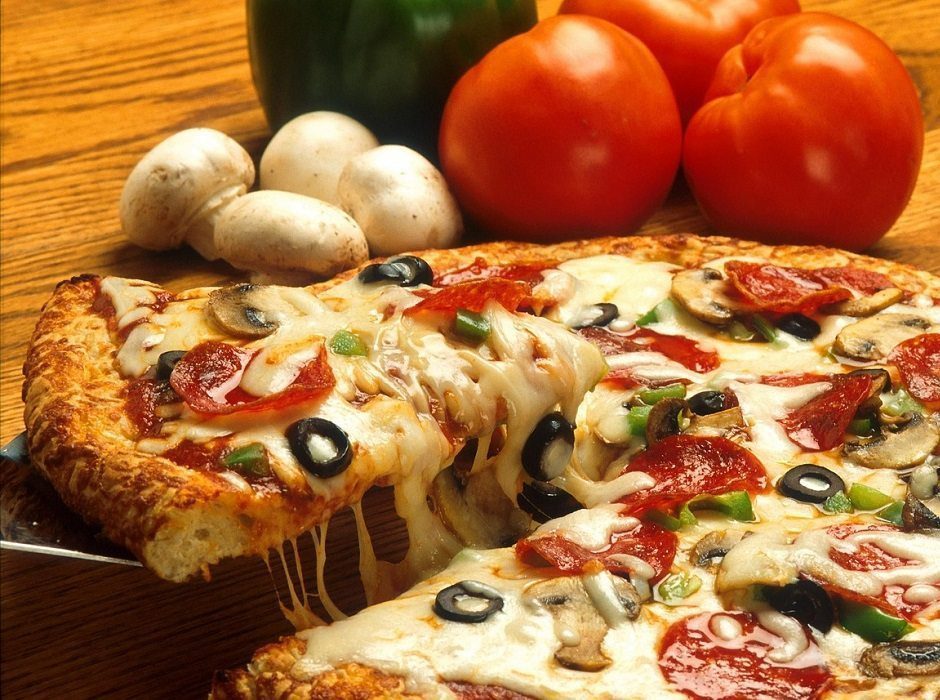[dropcap style=”font-size:100px; color:#992211;”]B[/dropcap]rocolli on your pizza?
You ought to be locked up.
Whether restaurant customers have the option to add sausage or broccoli to their pizzas or make healthier substitutions to their salads or sandwiches ultimately can make or break a food retailer. A paper forthcoming in the September 2015 issue of the Journal of Retailing seeks to explain the way people decide to customize their food orders and the implications for retailers and customers alike.
In “To Choose or to Reject: The Effect of Decision Frame on Food Customization Decisions,” by Senior Lecturers Anish Nagpal and Jing Lei, of the University of Melbourne, along with Professor Adwait Khare, of the University of Texas Arlington’s College of Business Administration, explore the mechanism of choice and rejection as customers design and select their food orders.
Decision Frames
The authors conducted several experiments with university students who were unaware of the objective of the study. They wanted to know whether people would end up with o verall healthier selections either when choosing food elements in an à la carte situation or when rejecting items from a pre-prepared set of options. The researchers considered the extent to which people are driven by an overall goal of eating healthy diets or by their relative pleasure in less healthy choices and found that it was apparently harder for people to reject unhealthy items than to choose healthy ones.
verall healthier selections either when choosing food elements in an à la carte situation or when rejecting items from a pre-prepared set of options. The researchers considered the extent to which people are driven by an overall goal of eating healthy diets or by their relative pleasure in less healthy choices and found that it was apparently harder for people to reject unhealthy items than to choose healthy ones.
The results show that an individual’s decision frame influences the relative number of healthy versus unhealthy items included in the food they order, and that this influence is further contingent on the nature of the food to be customized – e.g., “healthy” salad or “unhealthy” pizza.
“Our research demonstrates that food preference is quite malleable,” the authors concluded. Managers of food retailers can influence customers’ preference for products with tasty (less healthy) and/or healthy features by offering the option to build up or pare down their selections.
Source: Eurekalert/Journal of Retailing at New York University

Some of the news that we find inspiring, diverting, wrong or so very right.




















